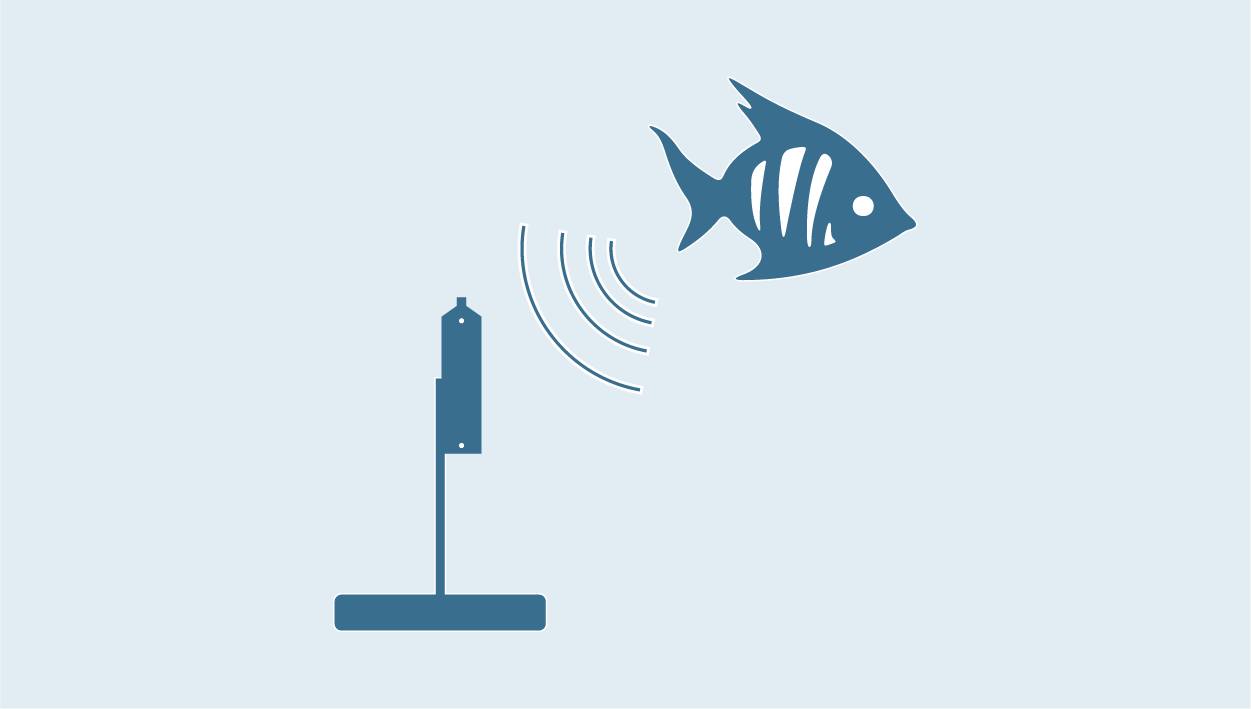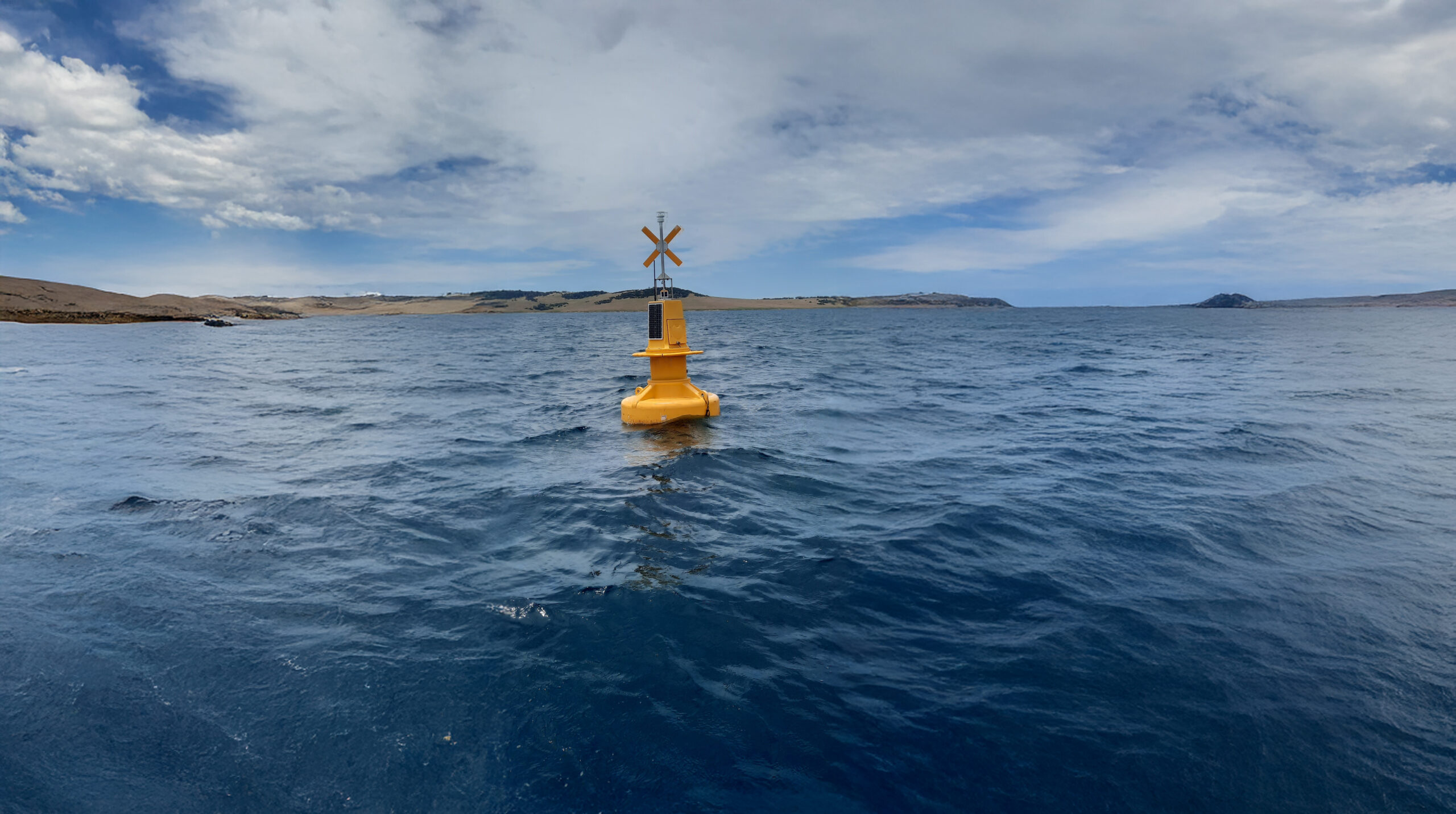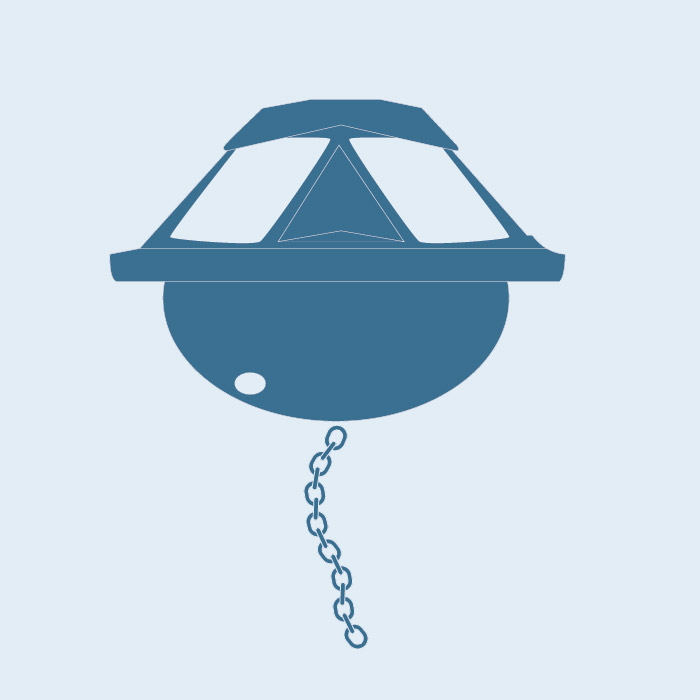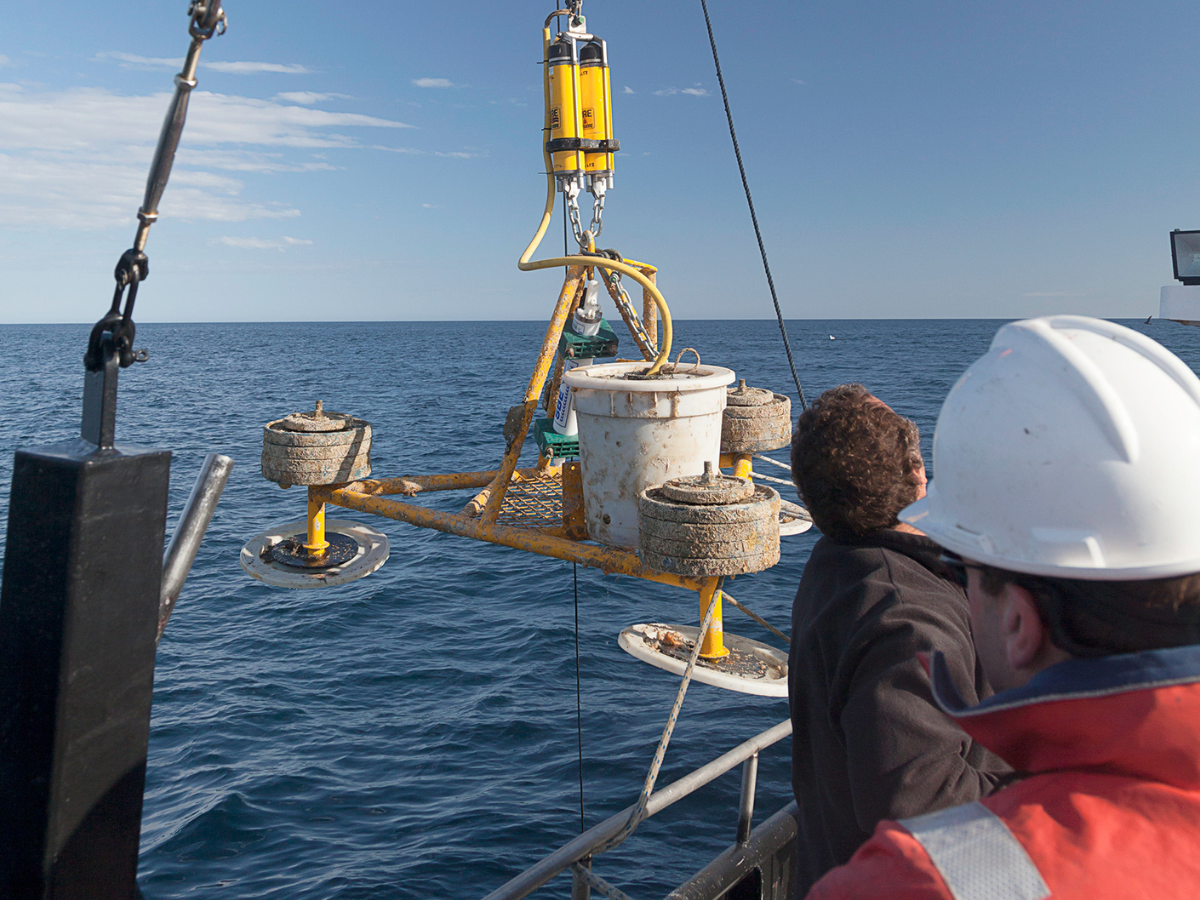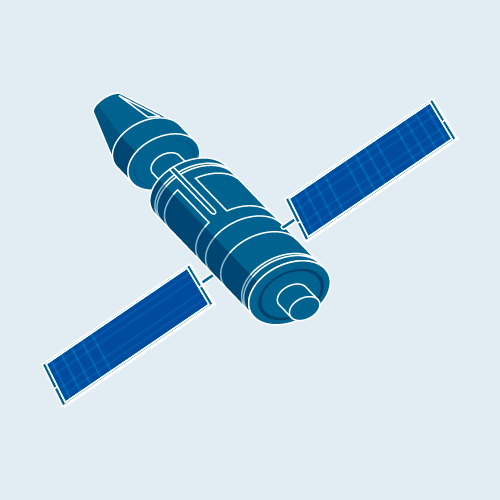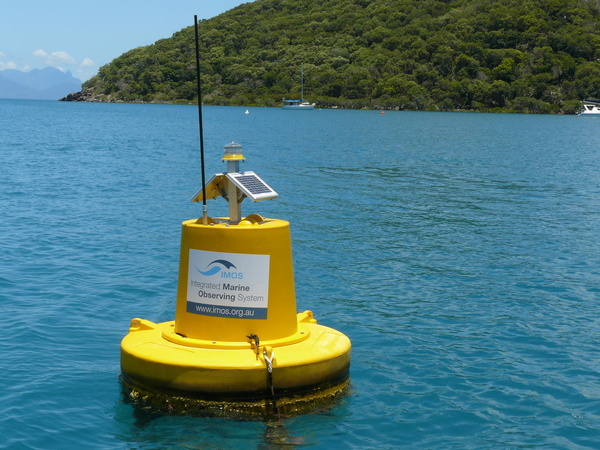Acoustic Telemetry
Acoustic Telemetry
Acoustic Telemetry uses a large network of strategically located acoustic receivers in waters around Australia to detect and track tagged animals. This network typically consists of two main types of deployments, large cross shelf arrays or curtains and clustered arrays around local areas such as reefs, headlands, and estuaries.

 Fabrice Jaine
Fabrice Jaine
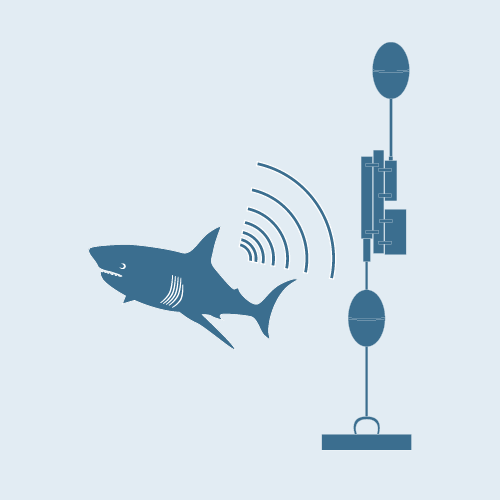
Data collection
Acoustic Telemetry makes it possible for animals to be monitored over scales of 100s of metres to 100s of kilometres, informing habitat use, home range size, effectiveness of marine protected areas, refinement of stock assessment and migratory patterns. Additionally, the creation and continuation of the Animal Tracking Database provides a central repository of acoustic tag detections and metadata from Australia, increasing collaboration of acoustic telemetry researchers and institutes and increased access to animal movement data.
Why it’s important
Historically, the ability to track the movements of animals has primarily relied upon the recapture and reporting of tagged individuals at both small and large scales. The use of a network of acoustic receivers that allow the detection of tagged animals provides a powerful tool for observing animal movements in Australian coastal and continental shelf ecosystems.
Key data streams
Select a key data stream to view all IMOS Facilities that collect that data.
Useful information
Operating institution
Sydney Institute of Marine Science
Co-investors
Australian Institute of Marine Science ∙ University of Tasmania ∙ Flinders University ∙ Western Australian Department of Primary Industries and Regional Development ∙ CSIRO ∙ Deakin University ∙ James Cook University ∙ Macquarie University ∙ Murdoch University ∙ Government of New South Wales∙ South Australian Research and Development Institute ∙ Sunshine Coast University
Acknowledging IMOS
Users of IMOS data are required to clearly acknowledge the source material by including the following statement:
Australia’s Integrated Marine Observing System (IMOS) is enabled by the National Collaborative Research Infrastructure Strategy (NCRIS). It is operated by a consortium of institutions as an unincorporated joint venture, with the University of Tasmania as Lead Agent.
